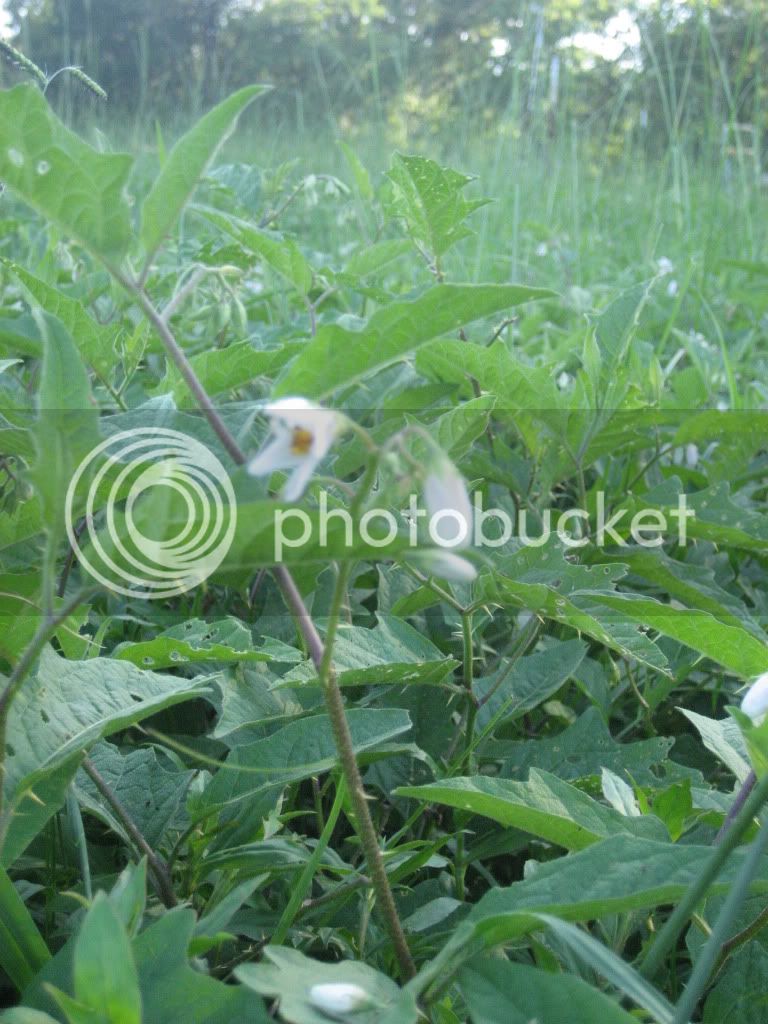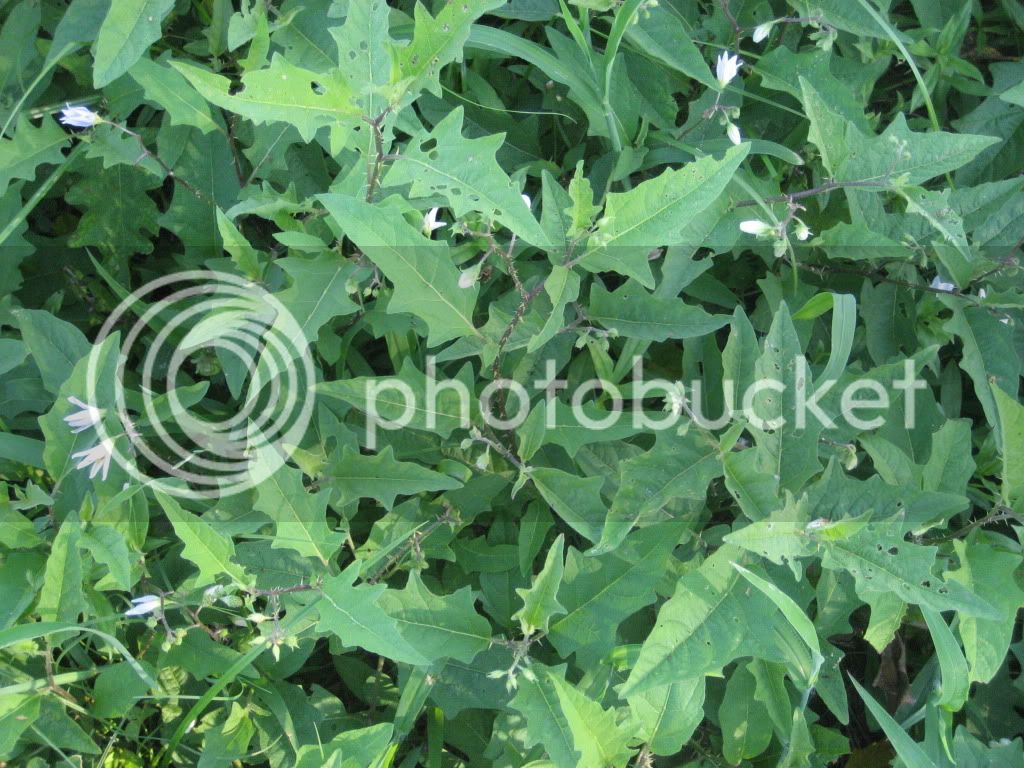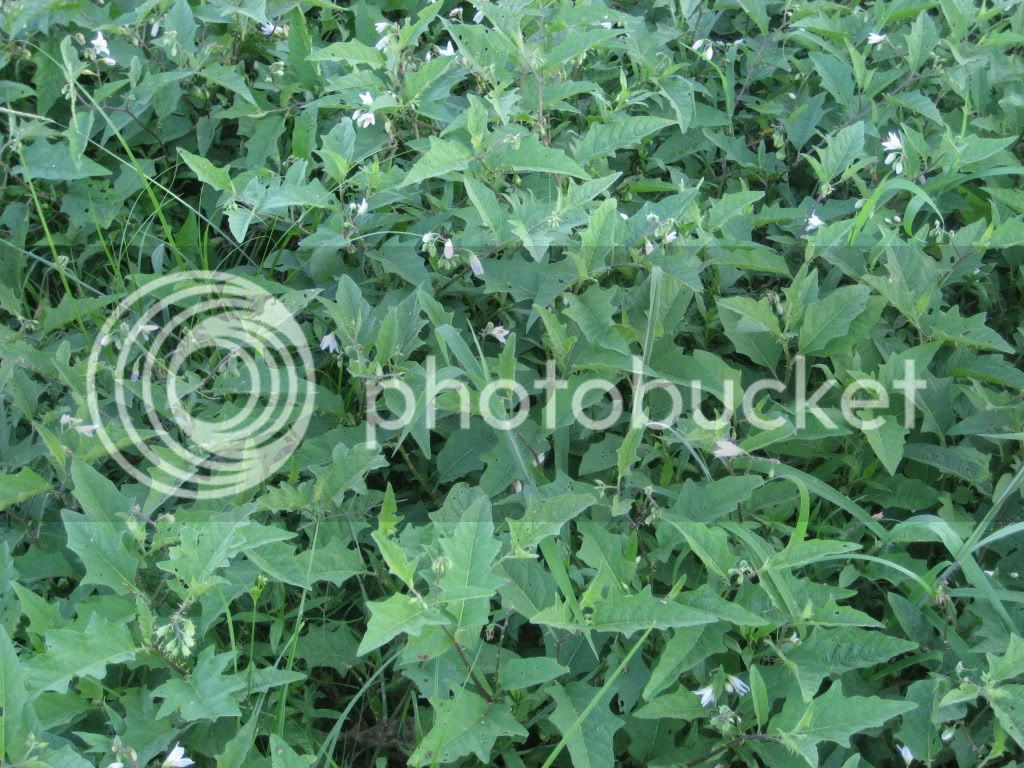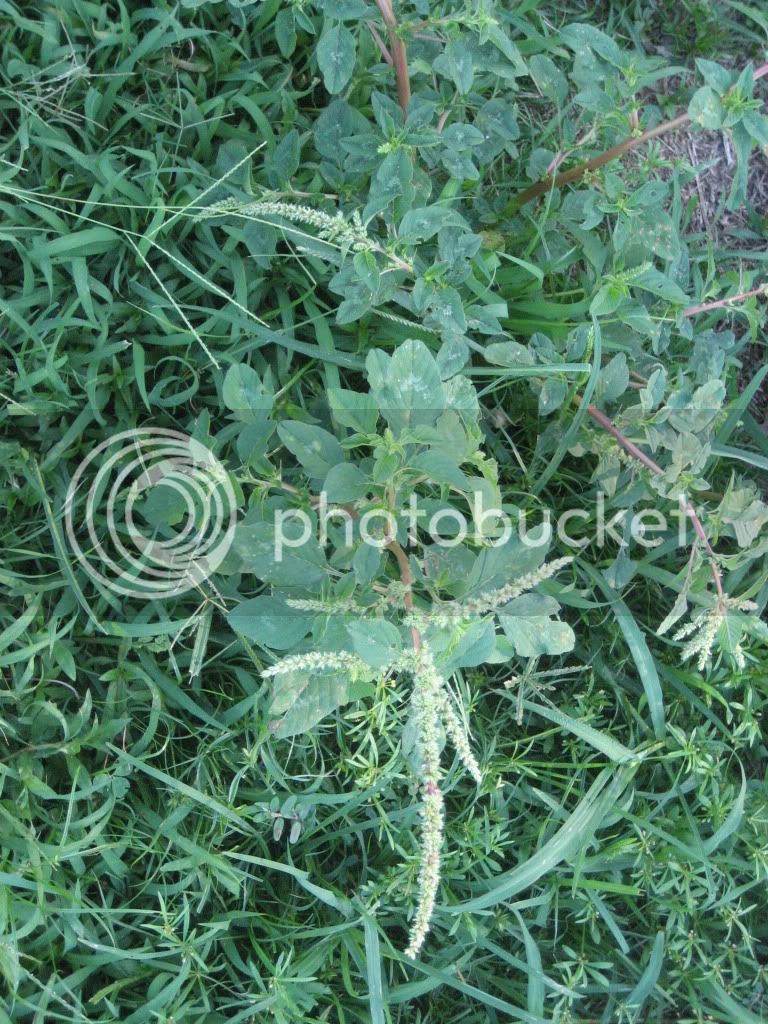Raine Ranch Minis
Well-Known Member
Please help me find out what kind of weeds these are. And how to kill them without killing all my grass.
v v v This one here is very painful. It has tiny thorns that are as sharp as needles!



I just want to kill this one off.

Thanks!!
v v v This one here is very painful. It has tiny thorns that are as sharp as needles!



I just want to kill this one off.

Thanks!!
Last edited by a moderator:



